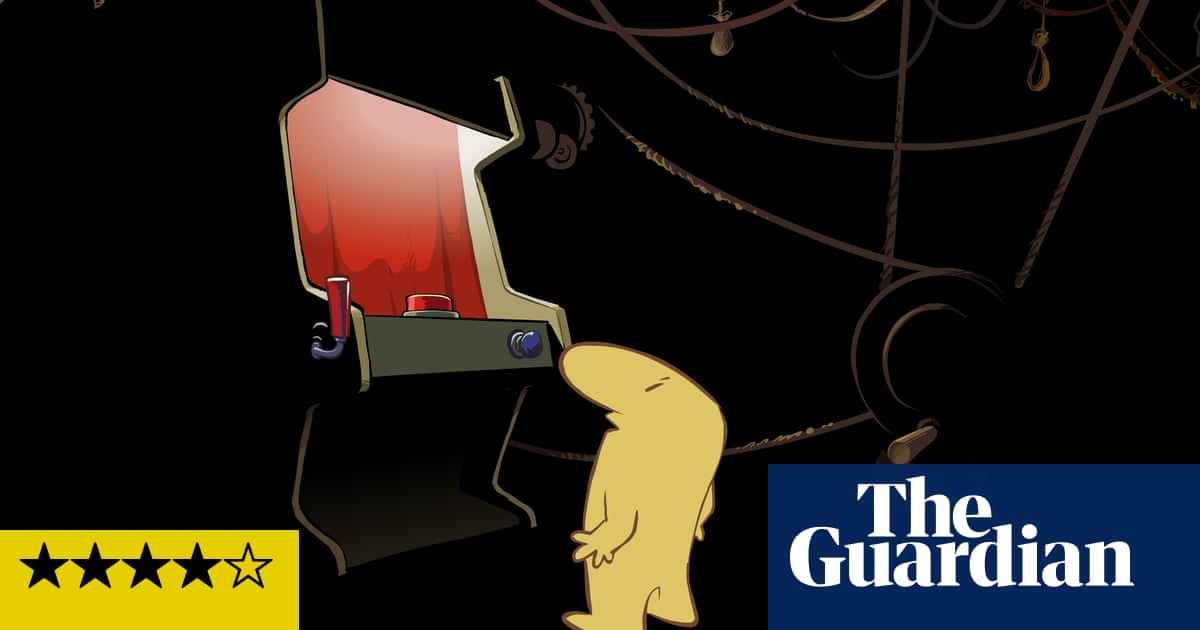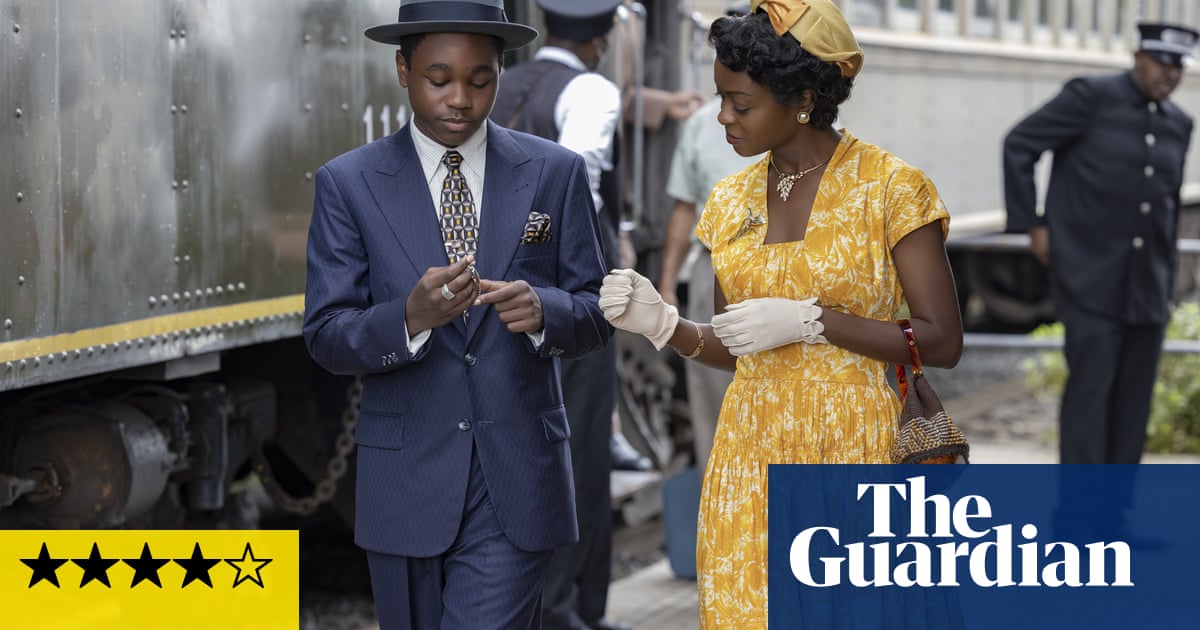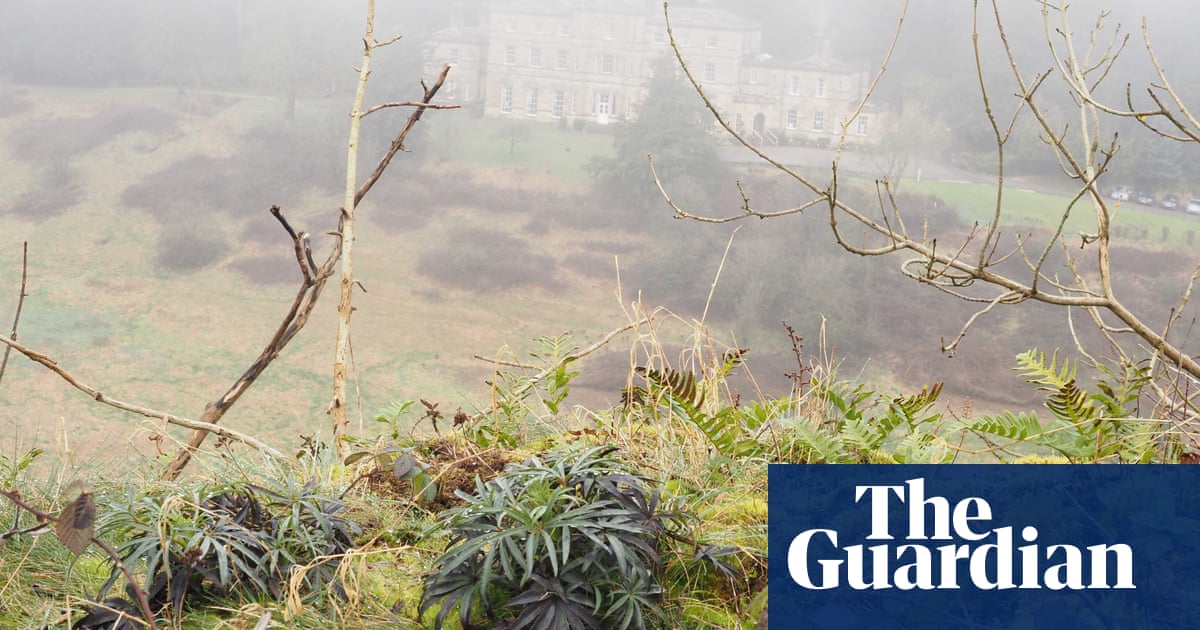
SPEED SEX GORE AGGRO promised a 1998 cover of the Face. The cover star was Alexander McQueen, looking like a revenant with blanched white skin and blood-red eyes. “He wanted to express the idea of the burning rage felt by Joan of Arc being burned at the stake,” the photographer Nick Knight recalls.
In its initial run between 1980 and 2004, the cult style magazine served this kind of madness every month to its avid young readers. The Face even managed to make David Beckham dirty, with soy sauce and coffee dribbling down his abs. This exhibition is suitably splashy, and with more than 200 photographs by 80 photographers it convincingly demonstrates the publication’s influence and audacity. It is a riotous romp through two decades of British fashion, from New Romantics to Gothic Romantics, by way of grunge and a bit of medieval fantasy.
Some of this, of course, now looks outrageously dated. But the Face’s raucous sense of fun never wanes, enhanced by incisive wall texts that jettison art jargon in favour of anecdotes from photographers and stylists. In one portrait shot from below, an open-mouthed Norman Anderson, AKA broadcaster Normski, engulfs the entire frame. The picture, taken in December 1992, comes alive with photographer Jake Chessum’s insight: “He talks fast and continuously at the top of his voice. So I got in close and had him let rip.”
This fast and furious energy also seems to stem from the fact that most of these photographers (many, like founder Nick Logan, from working-class backgrounds) were just starting out, and shared the same work-hard, play-hard mindset as the nascent magazine. Glen Luchford reminds us of Margaret Thatcher’s now incredible-sounding youth opportunity programme: raise £1,000 and the government would match that amount, give you £27 a week and pay most of your rent. The photographer writes: “Everyone I knew who was working at the Face in the beginning was on that scheme.”
The 1990s was the Face’s most successful era, and the photographs from then exemplify the moods and movements that marked that decade, from rave to Britpop, hedonism to neoliberalism. The more interesting moments are the less obviously iconic ones (like Kate Moss shot by Juergen Teller), overlooked moments of originality and pure panache. A fashion image shot by Norbert Schoerner and styled by Greg Fay and Justin Laurie sees the chiseled model Rufus Jordan in a sharp suit and cufflinks, with a Tesco bag over his head. “The styling was our commentary on British society,” Fay notes. “The cufflinks came from a man who drank in my Dad’s pub.” Unorthodox approaches were encouraged – in one shoot, Nigel Shafran cycled around London with a bag of fake Louis Vuitton clothes and asked people in the street to put them on.
This exhibition demonstrates that the magazine influenced two big changes in fashion photography. The first was the shift away from location shoots to studios, where the photographer and subject could build their own world and be more experimental; shoots for the Face could be demanding and take all day. The second was the closer collaborations it fostered between photographers and stylists: explosive creative couplings like the late Judy Blame and Jean-Baptiste Mondino; Melanie Ward and Corinne Day; Isabella Blow and Sean Ellis.
The Face was loud, left-field, and unabashedly British. Its fervour could also be a little bombastic and, at times, this nostalgia-soaked exhibition starts to navel gaze – especially in the section dedicated to the present day (the magazine relaunched in 2019). But there’s no denying the energy in the rooms, soundtracked to hits by Neneh Cherry, Elastica and Daft Punk that play out from a montage film at the exhibition’s entrance. The Face had achieved mythological status before it folded in 2004. And by then, the youth were in thrall to a new thing: the internet.
The Face Magazine: Culture Shift is at the National Portrait Gallery, London, from 20 February to 18 May












